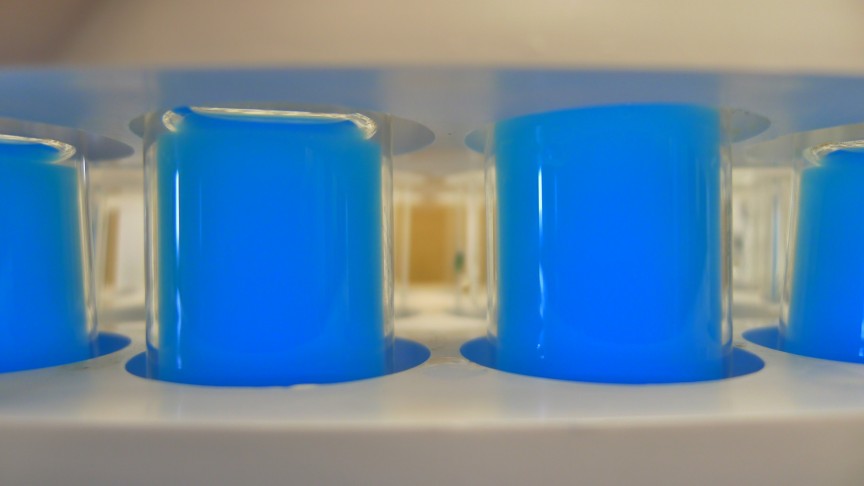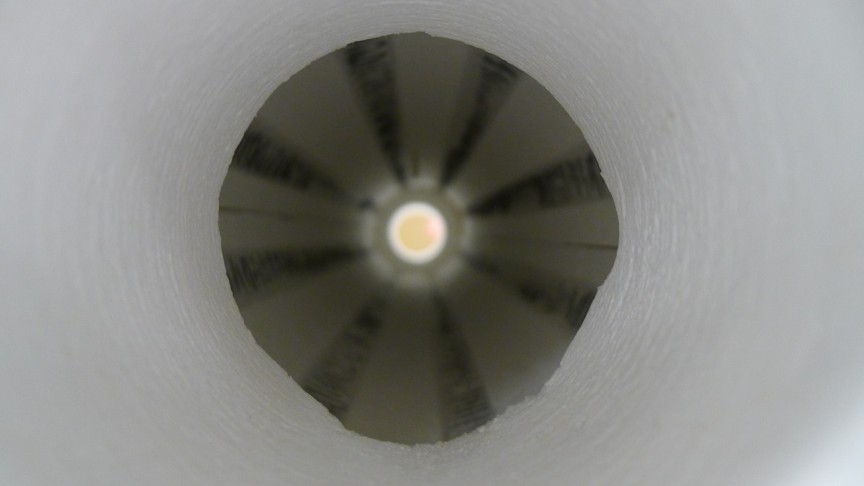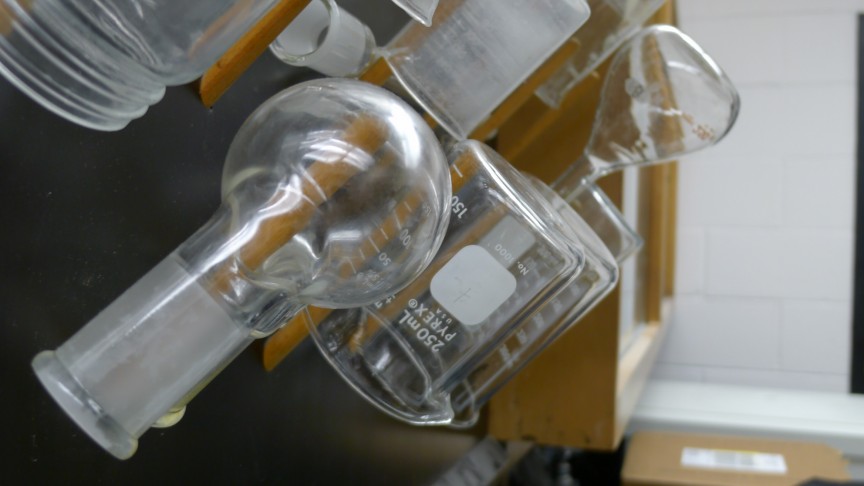Welcome to the Langell Research Group’s Webpage!
We are an interdisciplinary research group in the Department of Chemistry at the University of Nebraska-Lincoln. Our research group investigates the surface properties of transition metal oxides (TMOs) over a range of dimensions, from nano-scaled particles to macroscopic single crystals. We particularly enjoy trying to create new materials with unusual cation oxidation states, chemical environments or nano-scaled features. A range of synthetic and experimental techniques are used to develop TMO materials with improved catalytic, magnetic and electronic characteristics. Present experimental techniques include x-ray photoelectron spectroscopy (XPS), Auger electron spectroscopy (AES), secondary ion mass spectrometry (SIMS), x-ray diffraction (XRD), x-ray absorption fine structure (XAFS), electron microscopies (TEM, SEM), and surface catalytic characterization (BET, chemisorption analysis, TPD).

An area that we have recently found productive is tailoring chemical and electronic TMO properties by the formation of solid solutions of two or more metal cations to form homogeneous, single-phase TMO systems over a wide range of cation concentrations. For example, rocksalt ZnxNi1-xO (0 ≤ x ≤ 0.325) places zinc into an octahedral lattice rather than the preferred tetrahedral coordination it adopts in ZnO (see Figure right). The substation changes fundamental properties of the NiO lattice, including antiferromagnetic Néel temperature, unit cell lattice parameter and chemical properties. It has a particularly dramatic effect on the Zn2+ cation. We are presently investigating this and other TMO solid solutions at the nano-scale to determine the effect of nanoparticle composition and particle size on the physical properties of the TMO material.
Research in our group is diverse, so group members will gain experience from a wide range of topics, from synthesis and materials characterization to measurement of fundamental electronic, catalytic and materials properties, as well as computational modeling of the bulk and surface properties. Students may declare either a physical chemistry or inorganic chemistry emphasis in their thesis and program of studies. Previous students’ dissertations and information about their current research positions can be found in the Group Members page.






